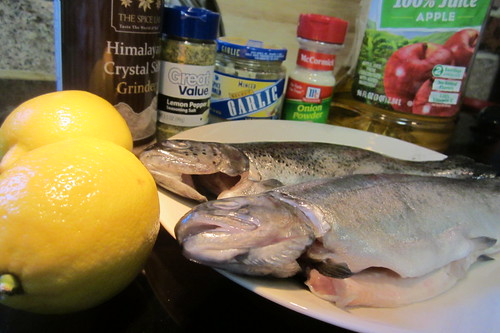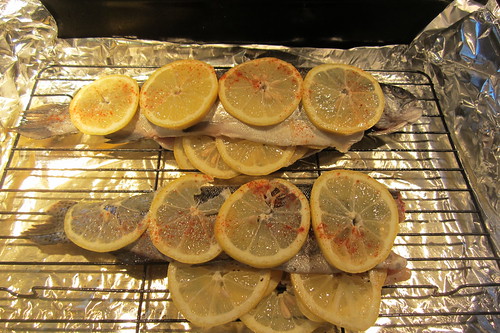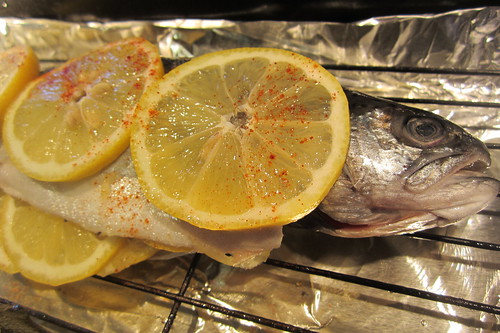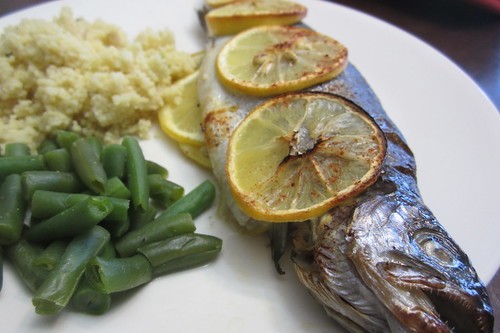"It finally happened."
This was my first thought the moment I went over and the world went green.
Everyone flips their kayak eventually. Around here they call it turtleing. It is so guaranteed that one of the first things everyone does after buying a new kayak is practice recovering from turtleing.
I had managed to avoid it for over a year, but upon encountering a pocket of very swift water, over I went. I was never in any real danger of dying. I had my PFD on and was relatively close to land.
I thought I was ready. It was easy in practice. Reach over the bottom (now top) of the kayak, grab the handle, and let your body weight pull you over. However, I practiced in a calm lake with an un-rigged kayak. Why risk loosing any gear, right? Reality was much different.
After the initial shock of going over and getting trapped underneath for a moment, I tried to right my kayak.
No joy. not even close.
I tried again.
Uh oh. This isn't working.
Again.
Even worse. My strength was waning.
So, I held onto my boat tried to catch my breath and thought for a moment. It must be my crate, sonar shield, and catch bag on the bow. They were acting against my efforts.
I lifted the edge of the kayak, looking underneath to confirm my suspicions.
HOLY CRAP!!!
The rod pod was open! I must have left it unlatched! This means that my hull could take one water. LOTS of water!
I began to panic a little. My boat could sink. It had definitely taken on water. One more reason I could not right it. In fact, it was probably taking on more water with every attempt to right it.
It was at this point that I gave up on righting it and began to swim to shore. It was about 100 yards away. The current had pushed me out into deep water. That may not seem like much to you, but I cannot swim without a life jacket. So, basically, I just flail around Even then, I was towing a 100 pound kayak across swift water.
It took every ounce of my strength. The shoreline was a 15 foot undercut cliff. It was encrusted with little mussels and sharp as a cheese grater. I was able to grab a root, pull myself up, and with great effort, right my kayak.
With an overwhelming sense of safety, I climbed in. It felt so good and secure to be back in my boat!
I did a quick assessment of my losses. It did not look good. I could see my stuff scattered over a 100 yard area. I used my net, which was still attached to the side of my kayak by a bungee, to paddle over to my paddle. From there I picked up what gear I could find.
My losses were substantial and included:
- New jigging rod and Ambassador C3 reel - $170
- Contour Roam action camera - $120
- Point and Shoot Camera - $150
- Waterproof Cell Phone - $50
- Scotty Camera Mount - $20
- Scotty Bait Board - $16
- Bait Knife - $12
- Fish Clip stringer - $15
- Box of terminal tackle - $50
- Anchor and rope - $20
So, my losses were well over $500.
The rod, action camera anchor line, and tackle box had floats, but they were either not big enough, or the current took them off somewhere. The phone and point and shoot camera were in my lap. I had just finished using them and had not put them away. All of the other things were stowed, but came unattached in the current.
I learned a good lesson from the experience. Before I go out in rough water again I will be practicing recovery with a fully rigged kayak. I am also going to be much more diligent with strapping things down and using properly sized floats.
Not many pictures in this post. I am currently cameraless. I've already ordered a new, upgraded camera. I'll replace the other things eventually, but it will take time. At least I am able to revisit some gear decisions and perhaps try another rout this time.
























